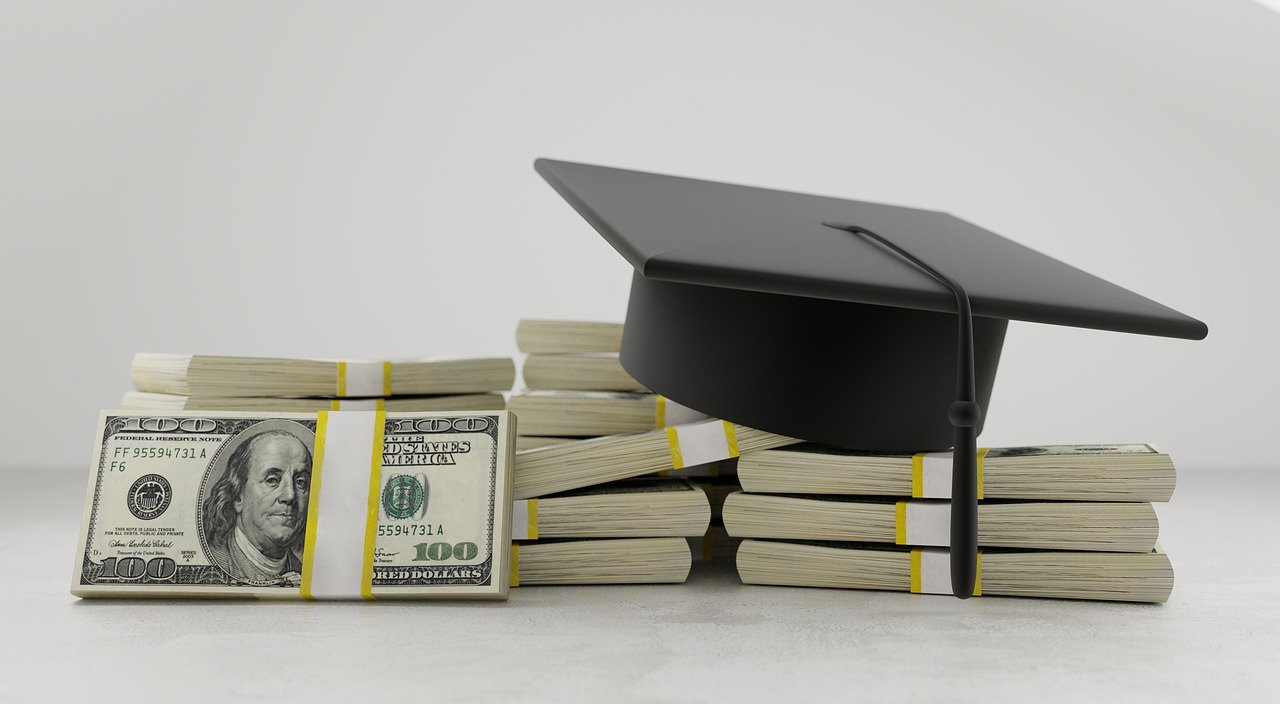As college students returned to their respective universities for the start of the fall semester, President Joe Biden announced on Aug. 24 the Student Loan Relief plan for low- to middle-income recent college student borrowers. This three-part plan delivers on President Biden’s vow to cancel $10,000 of student debt for low to middle-income borrowers.
We sat down with Samuel Rosen, assistant professor of finance, to learn more about how President Biden’s program will help a large set of Americans who have grappled with, in some cases, crippling student debt. With Rosen’s financial expertise, he discusses ways that this plan will help recent graduates who need student loan relief.
How will this program help recent college graduates?
This is something a lot of people were not expecting to happen. Many people took out student loans not thinking they would ever be forgiven. Student loan forgiveness will have an immense impact on anyone who has a student debt balance under $10,000 and those who qualify for this type of loan forgiveness. This group includes recent college graduates.
However, student loan forgiveness won’t have a direct impact on the actual cost of going to college. It is a program designed to provide targeted debt relief to people who have already taken out loans.
There is only so much relief you can give per person, and this plan is targeted in many ways to help those who would benefit from debt relief the most.
Do you think the plan targets the appropriate financial demographic?
The Student Loan Forgiveness Plan aims to assist working and middle-class families making less than $125,000 or $250,000 per household. Combined with a limit on the amount to be forgiven, these income thresholds provide a significant amount of targeting towards those that need this relief most within the set of people with student loans.
Having some sort of income restriction is very sensible, where if you look at the objective of the policy or any other kind of policy, you have a target group of people who you think would best benefit from the government resources.
In general, lower-income individuals will benefit more than those with higher incomes from an additional dollar in debt relief. In other words, people who have high-paying jobs can likely already afford to pay back their student loans and hence forgiveness would be less impactful for them. It is important to keep in mind that student loans are special relative to other types of personal debt in that they are essentially not dischargeable in bankruptcy. Therefore, forgiveness is the only way for someone struggling with their student loan repayments to find relief.
How does this forgiveness program make up for missed steps in the past?
Starting in the 1990s, the federal government became the dominant provider of student loans in the U.S. This trend has continued to this day. In theory, it makes sense for the government to subsidize higher education assuming that both individuals and society benefit from enhanced skills (so-called “human capital” in economics jargon).
Yet, we realized in the aftermath of the Great Recession that many people funded by federal student loans were going to institutions for their education that didn’t “deliver” in terms of giving them the kind of earning potential or careers they were hoping to have in order to pay back their student loans.
This new forgiveness policy seems to be trying to make up for this aspect of student loan history, which many would agree was caused by poorly designed government policies. It is therefore trying to help people who were hurt by the system before, but not changing any aspects of the system that directly impact the actual cost of college.
What are your biggest takeaways from this plan?
- Forgiveness costs the government money, but the benefit is millions of people who get significant financial relief. I think that this is the right way to describe the tradeoff inherent in this type of government policy.
- The eligibility requirements of the student loan forgiveness plan ensure that those who receive relief are also those who will benefit from it the most among those with student loan debt.
- Over the past ten years, the government has moved in a positive direction trying to add more transparency and accountability in higher education. These efforts are independent of the forgiveness plan and should help to ensure that federal student loan resources provide greater returns to both borrowers and society.
- Retroactively, forgiveness has helped make the cost of college manageable as well as the actual investment more meaningful.
To learn more about Rosen’s thoughts on this topic, listen to his interview on KYW News Radio’s InDepth podcast.

